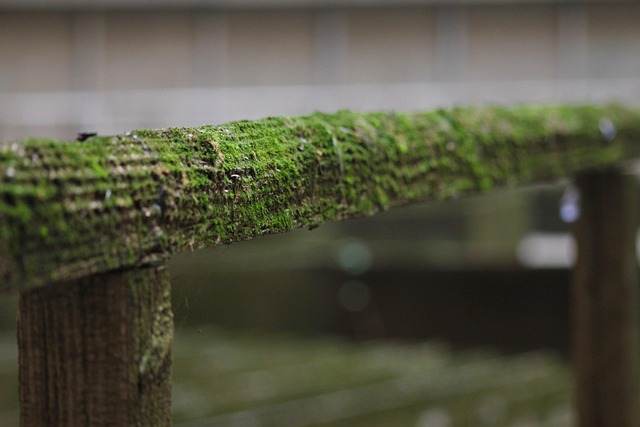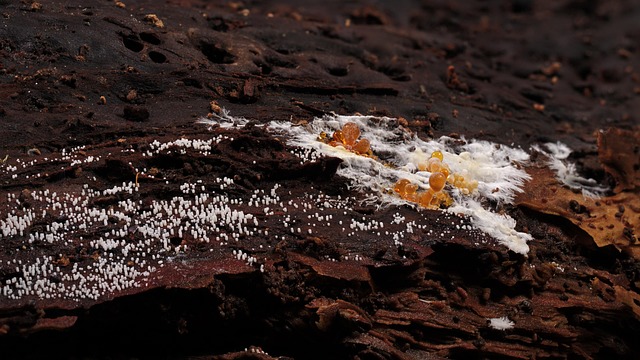Seguin homeowners dealing with drywall mold need to understand the difference between mold remediation and inspection. An inspection identifies mold, its source, and extent, while remediation involves removing it and preventing future growth through containment, cleaning, and restoration. Regular inspections, especially in moist areas or post-flooding, are recommended for proactive home health management. DIY remediation requires safety protocols including protective gear, identifying moisture sources, using HEPA vacuums, and disinfecting with non-toxic solutions to ensure a safe and healthy living environment.
“Concerned about mold in your Seguin home? Navigating the process of mold remediation and understanding its significance is crucial for maintaining a healthy living environment. This article serves as a comprehensive guide, offering insights into both mold remediation and inspection. We explore the step-by-step approach to drywall mold cleanup, ensuring you’re equipped to handle potential issues effectively. Moreover, we discuss when to opt for a mold inspection, highlighting the benefits of early detection. For Seguin homeowners, this is your go-to resource for demystifying mold-related concerns.”
- Understanding Mold Remediation: The Process and Its Importance for Seguin Homeowners
- When to Choose Mold Inspection: Identifying Potential Issues Early
- A Comprehensive Guide to Drywall Mold Cleanup: Step-by-Step Approaches
Understanding Mold Remediation: The Process and Its Importance for Seguin Homeowners

For Seguin homeowners dealing with drywall mold, understanding the importance of proper mold remediation is crucial. Unlike a simple mold inspection, which identifies the presence and extent of mold growth, remediation involves actively removing and addressing the issue to prevent future recurrence. The process includes steps such as containment, removal of contaminated materials, cleaning, and finally, restoration. This comprehensive approach ensures that not only is the visible mold eliminated, but also any hidden spores or mycelium that could lead to further growth.
Seguin homeowners must differentiate between these two processes. While a mold inspection provides valuable information for understanding the scope of the problem, remediation is where the real work begins. Effective remediation involves specialized equipment and techniques to mitigate health risks associated with mold exposure. It’s not merely about cleaning; it’s about restoring living spaces safely and ensuring that the environment is free from conditions that promote mold growth.
When to Choose Mold Inspection: Identifying Potential Issues Early

When considering mold remediation in Seguin, it’s crucial to first understand when a simple cleaning process isn’t enough and a thorough mold inspection is necessary. Mold can be invisible to the naked eye, often hiding behind walls or within drywall. It may not cause immediate health issues, but prolonged exposure can lead to severe problems for Seguin homeowners. Regular home inspections are essential, especially if you live in an area prone to moisture buildup or have experienced recent flooding.
A mold inspection is a proactive step that helps identify potential hidden mold growth and allows for early remediation. It’s a non-invasive process where professionals use specialized equipment to detect and sample areas suspected of having mold. Unlike mold remediation, which focuses on removing existing mold, an inspection aims to pinpoint the source and extent of the issue. For Seguin homeowners, this knowledge is powerful; it enables them to make informed decisions about their home’s health and avoid costly repairs or further contamination down the line.
A Comprehensive Guide to Drywall Mold Cleanup: Step-by-Step Approaches

When it comes to addressing drywall mold, many Seguin homeowners often wonder where to begin. This is where a comprehensive guide becomes essential, offering step-by-step approaches tailored to effective mold cleanup. The initial distinction lies between mold inspection and remediation – while inspection identifies the extent of mold growth and its causes, remediation involves actively removing and mitigating the issue to prevent further damage.
For homeowners considering DIY methods, understanding safety protocols is paramount. This includes donning protective gear such as gloves, masks, and goggles. Subsequently, identifying the source of moisture is crucial; addressing leaks or improving ventilation immediately prevents future mold growth. Once the area is prepared, specialized tools like HEPA vacuums and scrub brushes are employed to thoroughly clean affected surfaces. Finally, disinfecting with non-toxic solutions ensures that any remaining mold spores are eliminated, leaving your drywall restored and free from potential health risks.
For Seguin homeowners facing mold issues, understanding the distinction between mold remediation and mold inspection is key. While mold remediation focuses on the removal and cleanup of existing mold, including steps like drywall replacement and decontamination, mold inspection identifies sources and potential hidden mold growth. Knowing when to choose each is crucial for effective management. By combining these approaches, homeowners can ensure a safe, healthy living environment, avoiding further damage and health risks associated with mold. Remember, prompt action and professional guidance are essential when dealing with mold, so don’t hesitate to consult experts for either remediation or inspection needs.
